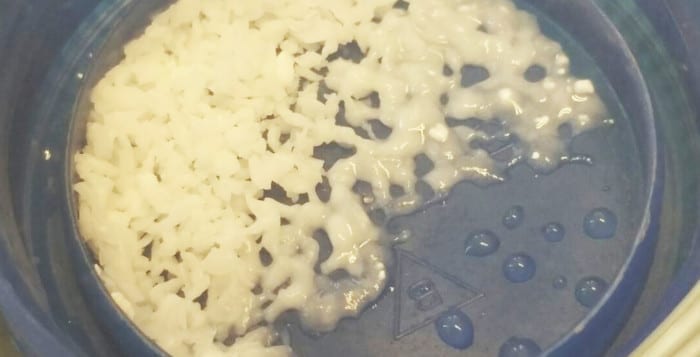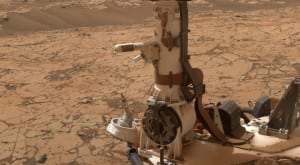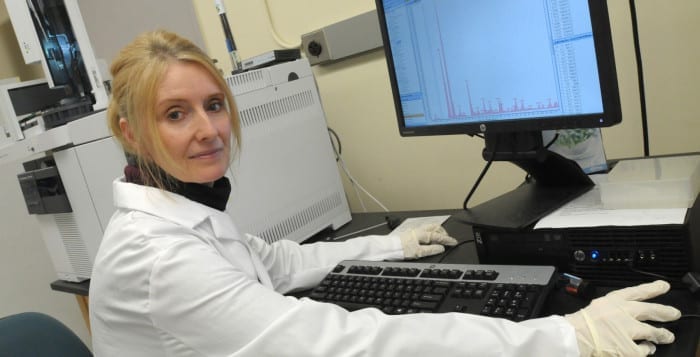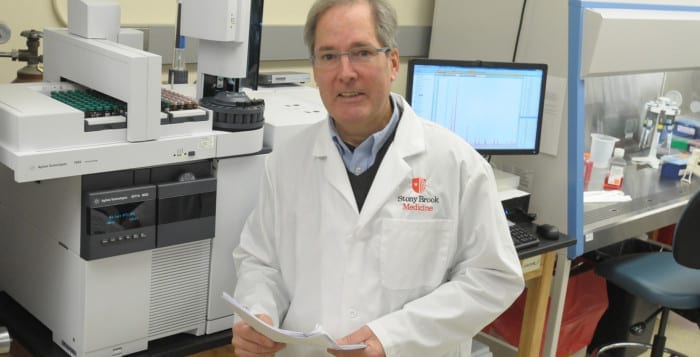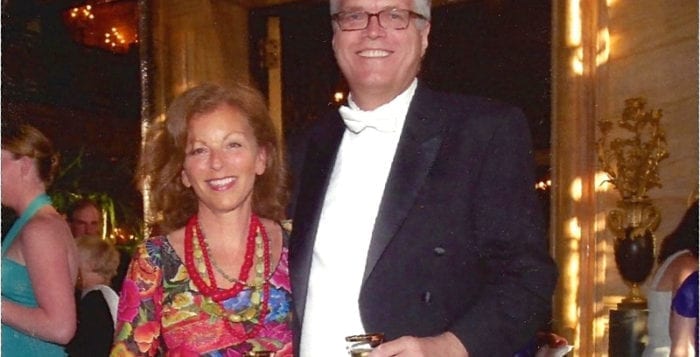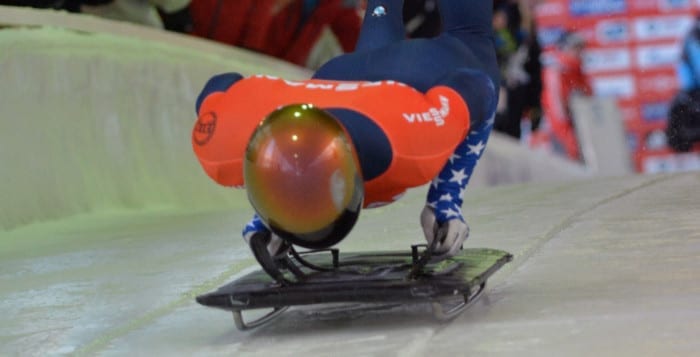To reply all, or not to reply all, that is the question. But, seriously, when is replying to everyone by email necessary? I know we live in a world where we share every thought that occurs to us because we can. Distributing our thoughts electronically to as many people as possible gives new meaning to the words “publish
or perish.”
Still, something about replying all is the equivalent of spraying graffiti, with your initials on it, in my email box. I already get more than enough emails from all the stores that send me hundreds of discounts a day. With all these discounts, I feel like an idiot for paying the listed price for anything. But I digress.
I know there are times when replying all is helpful. You see that the conference room is unavailable. Sharing the news will allow everyone to be more productive through the day.
There might be a time when you need everyone on a list to know something, like not to park on a side street where the permit-parking-only signs might be hard to see.
But do all 100 of us on a long email distribution list really need to know that you, specifically, received the email? Not only do people tell us they got the message we all received, but some of them feel the need to embarrass themselves in the process.
A teacher asks all the parents in her six classes to confirm that they received her message. A reply-all message that says: “The Smiths received the email and couldn’t be more excited about the start of a new school year. Every morning, Johnny can’t wait to sit in your class,” is a surefire way to sabotage Johnny as he navigates through the middle school minefield.
Then there are the simple emails that don’t require any reply, such as an email with the address of a field or a meeting.
“Got it, Dan. We’ve been there so many times before.”
Of course you know where it is — everyone knows where it is. The directions and the address for the GPS make it possible for everyone to get there.
Seasonal greetings are not, repeat not, an opportunity to hit reply all, especially when the group includes people you’ve never met.
An email that “wishes everyone a healthy and a happy start to the new school year” is not an opportunity to echo the same, exact thoughts to strangers.
“So do we” is not an appropriate reply-all response, nor is “Ditto for us” or “Same to everyone else” or “The Dunaiefs feel the same way.” Adding emojis doesn’t make the email message more personal. It’s like doodling next to your graffiti. Cut it out, people — we’re not all 12.
I’m tempted, when these reply-all messages come through, to write something snarky, but in a distribution list that includes people I don’t know, someone will undoubtedly take it the wrong way because, let’s face it, there’s always someone ready to take offense.
Then there are the reply-all messages that seem to highlight a specialized talent or experience. Someone might, for example, be asking people to bring baked goods to a party, a meeting or a fundraiser. By indicating that you’ll bake miniature tarte tatin, crème brûlée or flourless chocolate soufflé, you seem to be bragging first and contributing to something a distant second.
It reminds me of that old joke about an 80-year-old man who goes to a priest to confess that he spent a magical evening with two 25-year-old women. The priest, in shock, asks the gentleman how long it’s been since last confession.
The man said, “Confession? I’ve never gone to confession. I’m not religious.”
The skeptical priest replied, “So why are you telling me this?”
“Are you kidding?” the man answered. “I’m telling everyone I know.”

